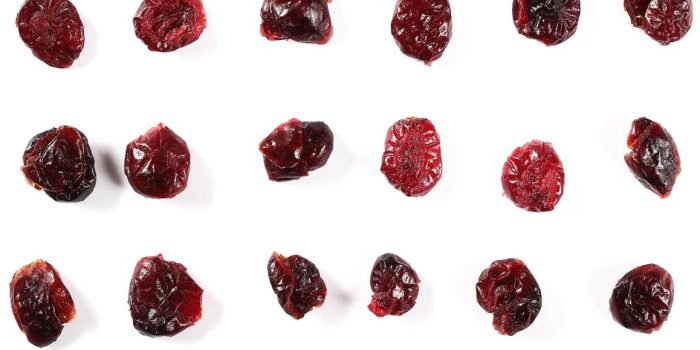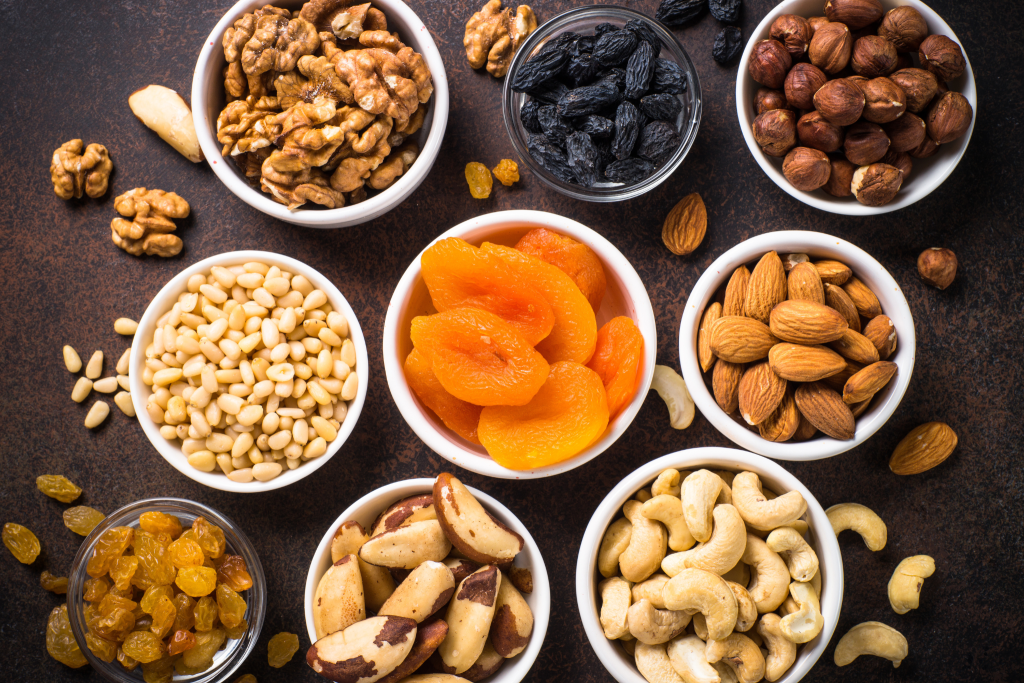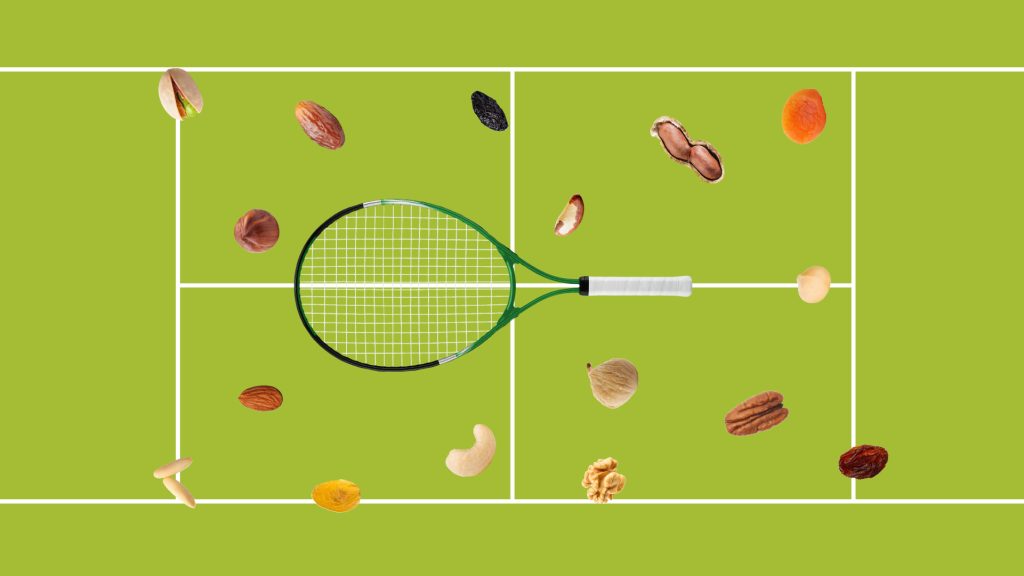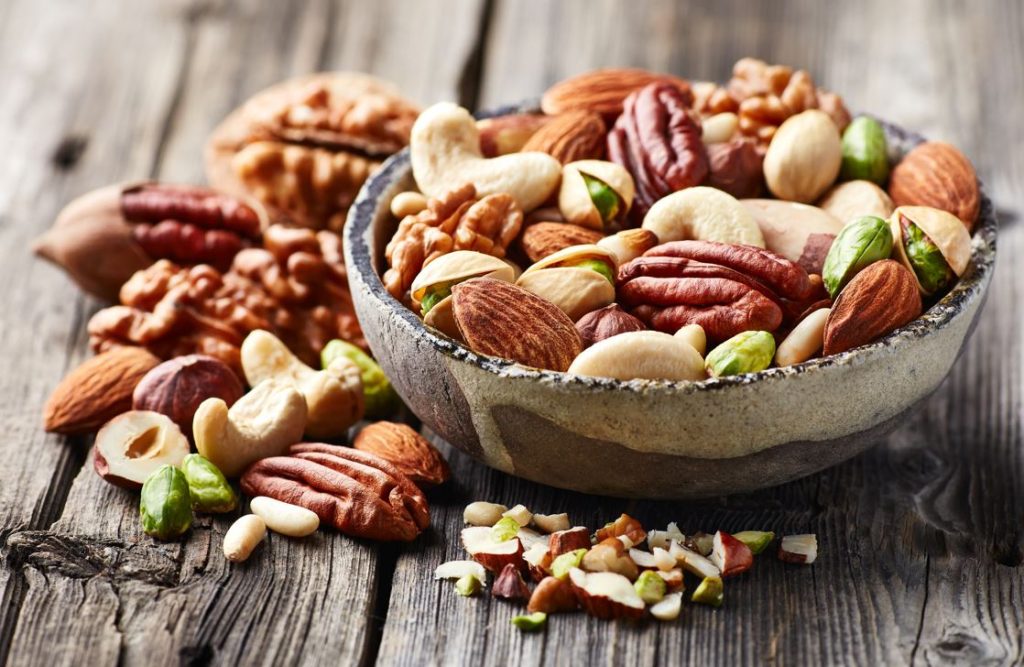Urinary tract infections are one of the most common bacterial infections, affecting nearly 150 million people every year, especially women. Prevention is important and dried cranberries may help us. Want to know how?
Thanks to their antioxidant content, eating dried cranberries may help prevent recurring urinary tract infections[2]. They’re also a source of fiber and vitamin E[3][4].
Health Benefits of Dried Cranberries
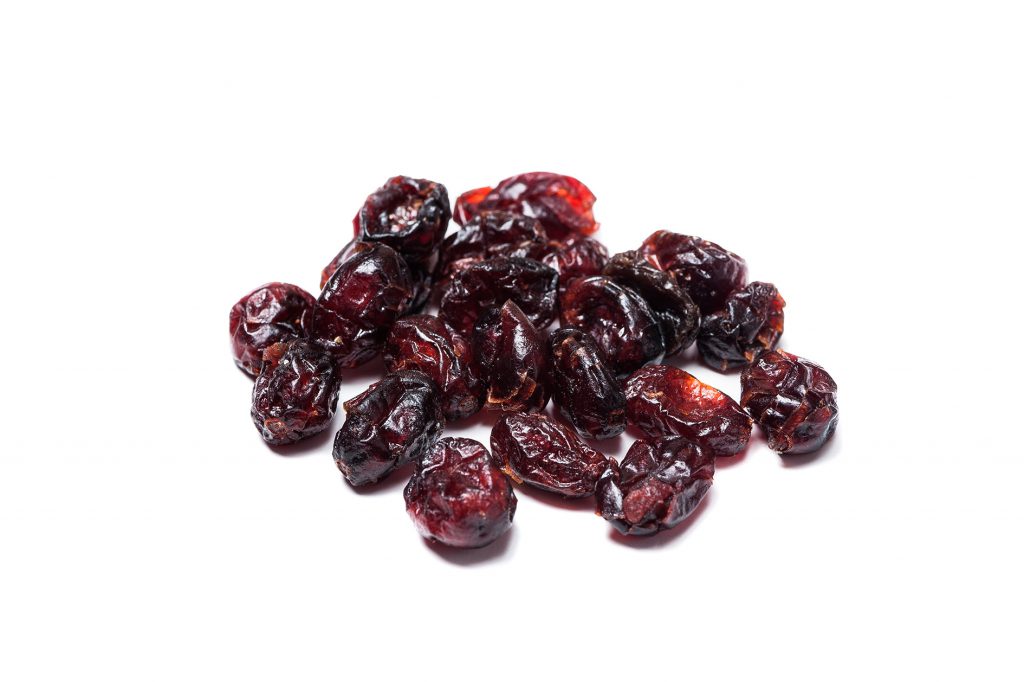
A 2016 study investigated the role of the Vaccinium berry fruit (cranberries or dried cranberries) in modulating gut microbiota function and cardiometabolic risk factors. Cranberry bioactive compounds have been found to contribute to mechanisms affecting bacterial adhesion that may underlie potential clinical benefits on gastrointestinal and urinary tract infections, as well as on anti-inflammatory actions mediated via the gut microbiome[5].
Curiosities About Dried Cranberries
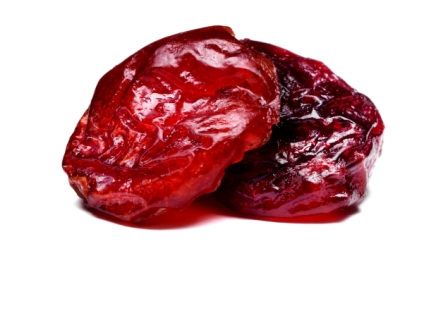
The Cranberry is a perennial plant that produces low-growing and woody vines that can survive indefinitely[6]. They have a long history. In North-America, wild cranberries were first consumed by native populations and European settlers who adopted the Native American uses for the fruit[7]. Farmers began cultivating them in the early 19th century in the USA.
There are two major species of cranberries: the American and the European. The American or large-fruited Cranberry (Vaccinium macrocarpon) is indigenous to the North American continent and the most widely grown in commercial plantings[6][7]. Cranberry production is concentrated mainly in the USA, Canada and Chile.
The majority of cultivated cranberries are processed into products such as sweetened dried cranberries or juice[6]. Popular ways to consume dried cranberries include trail mixes, in baked goods and in salads.
In America, cranberries have a long history. Native Americans used them to treat arrow wounds and American sailors carried them on their voyages as a source of vitamin C.
Due to the cranberry’s ability to float, they are harvested by flooding fields with water. This method, called wet harvesting, is the primary harvesting method[6].
[1] Flores-Mireles, A. L., Walker, J. N., Caparon, M., & Hultgren, S. J. (2015). Urinary tract infections: epidemiology, mechanisms of infection and treatment options. Nature reviews microbiology, 13(5), 269.
[2] Burleigh, A. E., Benck, S. M., McAchran, S. E., Reed, J. D., Krueger, C. G., & Hopkins, W. J. (2013). Consumption of sweetened, dried cranberries may reduce urinary tract infection incidence in susceptible women–a modified observational study. Nutrition journal, 12(1), 139.
[3] USDA National Nutrient Database for Standard Reference Legacy Release April, 2018.
[4] Regulation (EC) No 1924/2006 of the European Parliament and of the Council of 20 December 2006 on nutrition and health claims made on foods.
[5] Blumberg, Jeffrey B., et al. “Impact of cranberries on gut microbiota and cardiometabolic health: Proceedings of the cranberry health research conference 2015.” Advances in Nutrition: An International Review Journal 7.4 (2016): 759S-770S.
[6] Neto, C.C and Vinson, J.A. 2011. Cranberry. In Benzie, I.F.F. and Wachter-Galor, S.Eds., Herbal Medicine – Biomolecular and Clinical Aspects, pp 107-128. Boca Raton Fl, USA. Taylor and Francis Group, LLC.
[7] McCown, B.H. and Zedin, E. L. 2005. Vaccinium spp. Cranberry. In Litz, R.E. Ed. Biotechnology of Fruit and Nut Crops (Biotechnology in Agriculture Series, Nº 29), pp 247-261. Cambridge MA, USA.

